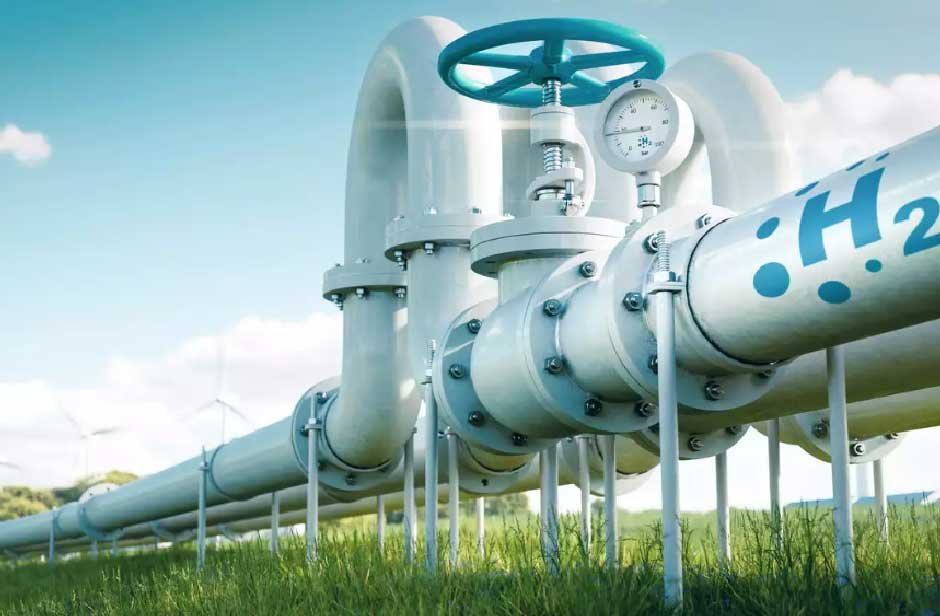Skip to the good bit
ToggleAs the world shifts towards cleaner energy solutions, hydrogen is emerging as a key player in the global energy transition. With its potential to replace fossil fuels in various sectors, the demand for a robust hydrogen infrastructure is rapidly growing. However, transporting hydrogen safely and efficiently presents unique challenges that require innovative steel solutions.
Why Do Hydrogen Pipelines Require Specialized Steel?
Unlike natural gas, hydrogen is a small molecule that can diffuse into materials, leading to structural degradation. One of the primary concerns is hydrogen embrittlement, where the metal becomes brittle and prone to fractures. This issue makes conventional steel pipelines unsuitable for long-term hydrogen transport.
To address these challenges, companies like Interpipe Group are developing specialized steel grades designed to withstand hydrogen’s unique properties. By enhancing material composition and implementing protective measures, manufacturers are ensuring that pipelines remain durable and reliable for large-scale hydrogen distribution.
Key Innovations in Hydrogen-Ready Steel Pipelines
To overcome the risks associated with hydrogen transport, steel manufacturers are implementing several technological advancements:
- Advanced metallurgy – New steel compositions are being developed with optimized microstructures to resist hydrogen embrittlement.
- Enhanced coatings and treatments – Protective layers prevent hydrogen diffusion into the steel structure, extending pipeline lifespan.
- Higher-strength steel alloys – These materials maintain integrity under high-pressure hydrogen transport conditions.
- Innovative welding techniques – Specialized welding processes help maintain the strength and resilience of pipeline joints.
By integrating these advancements, steel pipelines are evolving to meet the specific demands of hydrogen transport, making large-scale hydrogen infrastructure more feasible and secure.
Essential Properties of Hydrogen Pipeline Steel
For steel to be suitable for hydrogen transportation, it must meet several critical requirements:
- High resistance to hydrogen embrittlement – Prevents cracking and structural failure.
- Superior corrosion resistance – Ensures longevity, even in challenging environments.
- Enhanced mechanical strength – Withstands high pressures required for efficient hydrogen distribution.
- Advanced sealing capabilities – Reduces risks of leaks and improves pipeline safety.
These properties are essential to developing a safe and reliable hydrogen pipeline network, ensuring that the energy transition progresses smoothly without material failures.
Challenges in Scaling Hydrogen Pipeline Networks
While technological advancements are driving progress, several obstacles remain in the widespread adoption of hydrogen pipelines. The cost and availability of hydrogen-compatible steel materials can impact project feasibility. Additionally, retrofitting existing natural gas pipelines to transport hydrogen is a complex process that requires significant modifications. Regulatory and safety considerations also play a crucial role in ensuring that hydrogen transportation meets stringent international standards.
The Future of Hydrogen Pipelines and Steel Innovation
Looking ahead, the steel industry is expected to continue innovating to support the global hydrogen economy. New materials, improved coatings, and enhanced manufacturing techniques will further optimize hydrogen pipeline performance. As steel manufacturers refine their processes, hydrogen will become a more accessible and scalable energy source. The integration of advanced steel technologies will be instrumental in making hydrogen a viable alternative to traditional fuels, paving the way for a more sustainable future.







